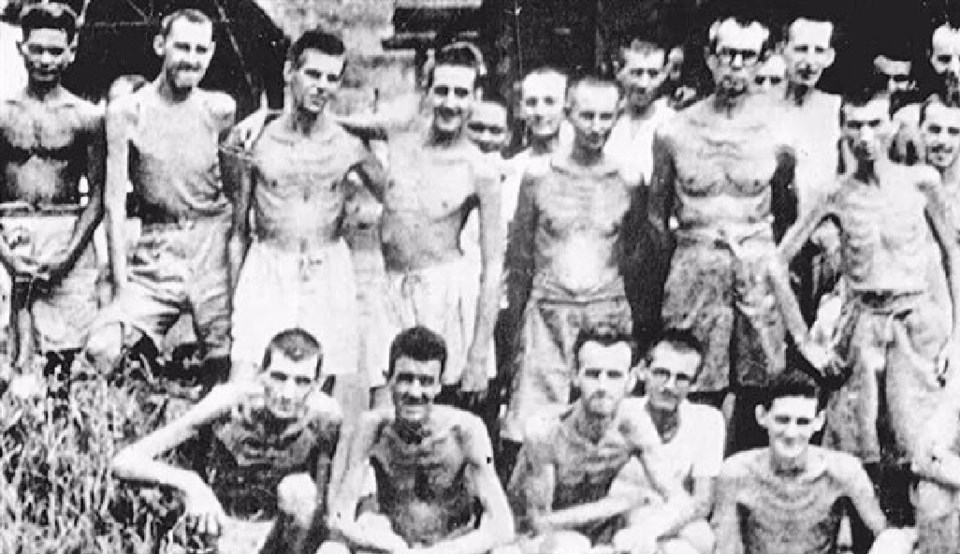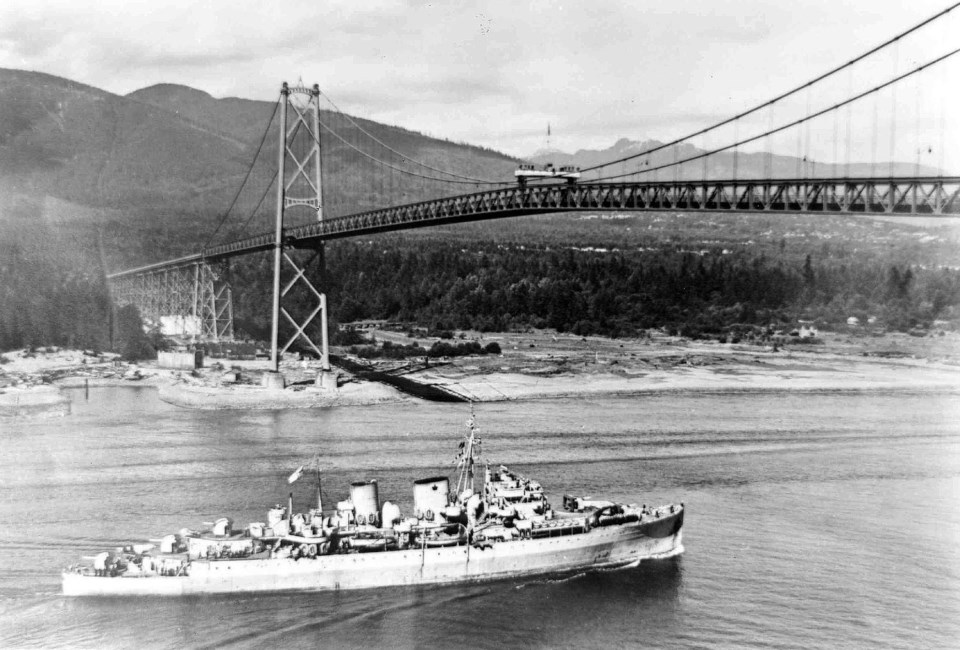For Educational Purposes
PART 1
Sequence of Story:
- WW 2 Canadian Veterans of the Battle for Hong Kong - The Hong Kong Veterans – Compensation
- 1942 Canadian Pacific War Anxiety – Japanese Canadians – Internment During WW 2 – Canadians Fighting Japanese in Aleutians and the Death of Stanley Maxmen of Moose Jaw
- Internment of Austro-Hungarian ‘Ukrainians’ in WW 1
While researching a story about Kanao Inouye, a Nikkei born in Kamloops, B.C. on May 24, 1916 and is the only Canadian citizen hanged for treason in WW 2, I read of the experience of Canadians who fought in Hong Kong.
Canada entered World War 2 against Germany in September 1939 following the NAZI invasion of Poland. Hitler and the NAZIs had been granted a portion of Czechoslovakia and then went ahead and took the entire country. The invasion of Poland the following year was too much.
These events were the work of Hitler, a Madman, but it is a familiar scenario throughout history and one NATO leaders fear today in Eastern Europe.
Japan in China
There is a long history of Japanese and Korean animosity. The Empire of Japan took control of the Korean Peninsula in 1910. Invaders are never satisfied.
China was in a state of chaos and Civil War in the 1930s and were vulnerable. In 1937 the Imperial Japanese Army launched an invasion campaign in China. By the fall of 1941 they controlled most of southern China.
Canadians Sent to Support British in Hong Kong November 1941
Hong Kong was controlled by the British. Worried the Japanese would attack, and because they were fighting a war in North Africa and Europe, the British asked Canada to send support troops to help defend Hong Kong.
At the request of the British, Canada organized the Winnipeg Grenadiers and Royal Rifles of Canada, a couple of RCAMC Nurses and an HQ Unit, into “C” Force and shipped them off to Hong Kong aboard HMCS Prince Robert. They arrived on November 15, 1941.

On December 7, 1941 the Japanese Imperial Navy attacked Pearl Harbour in Hawaii. The United States declared war and entered the war against Germany and its allies.
Hong Kong Attacked – Canadians Surrender to Japan
The Imperial Japanese Army attacked Hong Kong on December 8, 1941, soon after their attack on Pearl Harbour. The colony was quickly over-run. The Canadians surrendered on Christmas Day, 1941. Those not killed were taken prisoner.
Canadians at Hong Kong
- Canadians sent to Hong Kong: 1,975
- Canadian Casualties: 290 Killed, 493 Wounded
- Canadians who Died in Japanese POW Camps: 264
Life in the POW Camps was terrible. Veterans’ Affairs Canada writes:
“After the colony surrendered, the cruelty would continue. For more than three and a half years, the Canadian POWs were imprisoned in Hong Kong and Japan in the foulest of conditions and had to endure brutal treatment and near-starvation. In the filthy, primitive POW quarters in Northern Japan, they would often work 12 hours a day in mines or on the docks in the cold, subsisting on rations of 800 calories a day.”

Moose Jaw and District Men Captured at Hong Kong
From the Moose Jaw Times Herald, Saturday December 27, 1941: “Lieutenant Richard Maze, Assiniboia (Willowbunch), formerly with the South Saskatchewan Regiment in Weyburn.
“116534 Private Harry Cyselman, Moose Jaw; 116047, Acting Corporal William Albert Hall, Expanse; L13164 Private Leo W. Miller, son of Mr. and Mrs. S. E. Miller, 506 Fairford Street, West, Moose Jaw; 116674 Wilfred Samuel Moore, Elbow (Died in Japanese POW Camp); 116305 Private Frank Neufield, Rush Lake; 116112 Private Cornelius Nickel, Herbert; and 116568 Private Ernest Buck, Gravelbourg.
After the War: Return on HMCS Prince Robert
In an odd twist of fate, HMCS Prince Robert picked-up the surviving Canadian POWs and brought them home to Vancouver.

After WW 2 – Surviving Hong Kong Veterans Request Special Reparations
Reparations (Financial Compensation) –
Reparations Defined: “the making of amends for a wrong one has done, by paying money to or otherwise helping those who have been wronged.”
The Hong Kong Veterans were unique in that they were all either killed or imprisoned. None escaped the fall of Hong Kong.
They requested special compensation for their ordeal. Although the Japanese ‘lost’, the process was slow. Finally, in 1951 a Treaty of Peace was signed officially ending hostilities in the Pacific.
In 1952 Hong Kong Veterans received financial compensation for their ordeal. Each was given $1.50 a day to compensate for the nightmare. As far as the Japanese and Canadian governments were concerned, that was the end of the matter.
The Veterans continued to press for better compensation. The story has a pleasant conclusion.
TO BE CONTINUED
The views and opinions expressed in this article are those of the author, and do not necessarily reflect the position of this publication.

.png;w=120;h=80;mode=crop)

